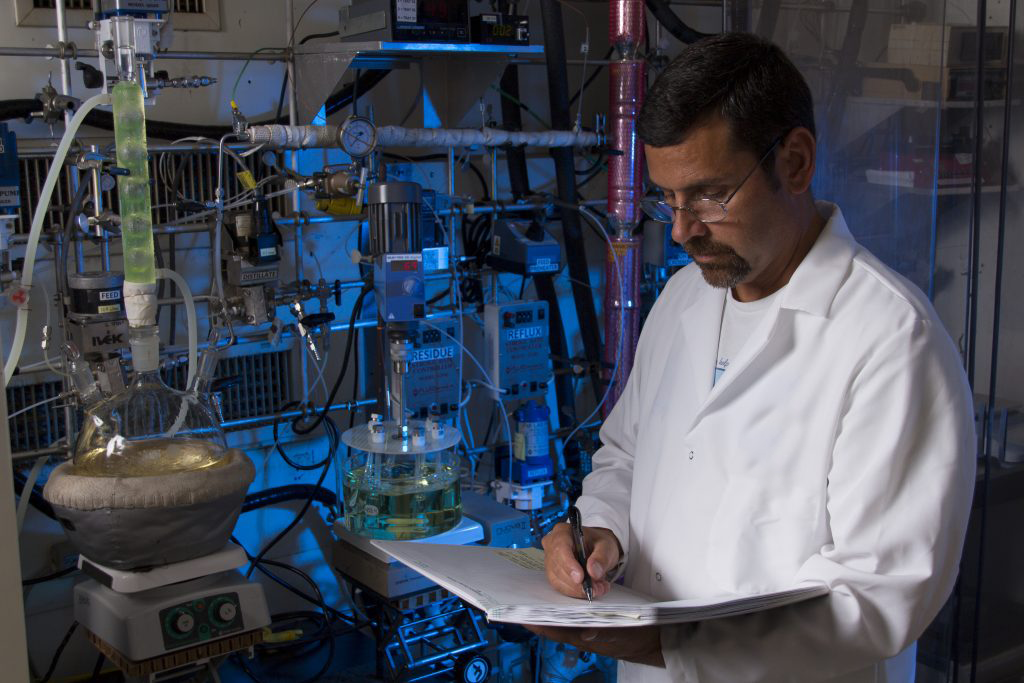AVN follows a well-developed sequence in the development and design of a new process.
This sequence begins with process synthesis when the first proposed process scheme (including reactions, separations and other unit operations) is available. The initial basis of the process can be lab experiments, literature searches, other similar processes or other sources, brought together by intuition of the process engineer. Chemical properties, plant operability, and safety are considered and hazards are identified. Preliminary issues are documented for consideration as the research and the process design proceed.
Especially for new technology, the AVN process development process evaluates potential economics as soon as there is a proposed process flow. The economic evaluation helps to identify the “difficult” steps of the process (high investment and/or high operating cost). These are focus areas, and we put the effort where it will have the most impact on the process.
Typically, researchers will be developing additional information via lab work, literature or other sources. The economics will be updated as needed to ensure that the research is moving in the right direction. A process heat and material balance model will be developed at this time. A process flow diagram will be drafted. The major equipment is sized and the pressure/vacuum and temperature design limits are set. The major equipment cost is estimated and from this a factored estimate is developed for the total project.
A critical review can be of value, bringing in other chemists, process engineers, and manufacturing engineers to review the proposed process. This review can identify valuable improvements from other experienced views, with minimal additional cost to the client.
At this point, there are often many options for the equipment, orientation, recycle rates, catalysts, and other alternative process schemes. These are thoroughly reviewed and evaluated. The final process design begins to gel. Often the process will be operated at a pilot scale to validate the design and obtain critical design and operability information. At this point Piping and Instrument Diagrams (P&IDs) for the process, distribution systems, and utility systems are prepared. A Process Hazard Analysis will be done through the entire process.
The process design team will complete the Process Design Package including documentation for the project detail design for the Civil, Mechanical, Electrical, Controls. Major Equipment will be purchased by the chosen purchasing organization. In some cases, AVN (working with an EPC contractor) will use master designers for special major equipment items to assure they will work as needed; these could include critical heat exchangers, distillation columns, and/or other equipment.
AVN’s staff has many process engineers who have 15 to over 35 years of experience in this work. Many of our chemists are well experienced in this work process. Most of our staff has some experience in addition to process engineering, typically manufacturing, laboratory research, commercial techno-economic-chemical-design-technology-improvement, maintenance and other functions. This experience augments our process design capabilities.
AVN also has experimental facilities and capabilities to take on a project at any stage of development. The greatest value may be realized early in a project, where the engagement of multidisciplinary teams can lead to radical process innovation—major advances in process technology. However, we have successfully assisted clients in development activities at every stage.
